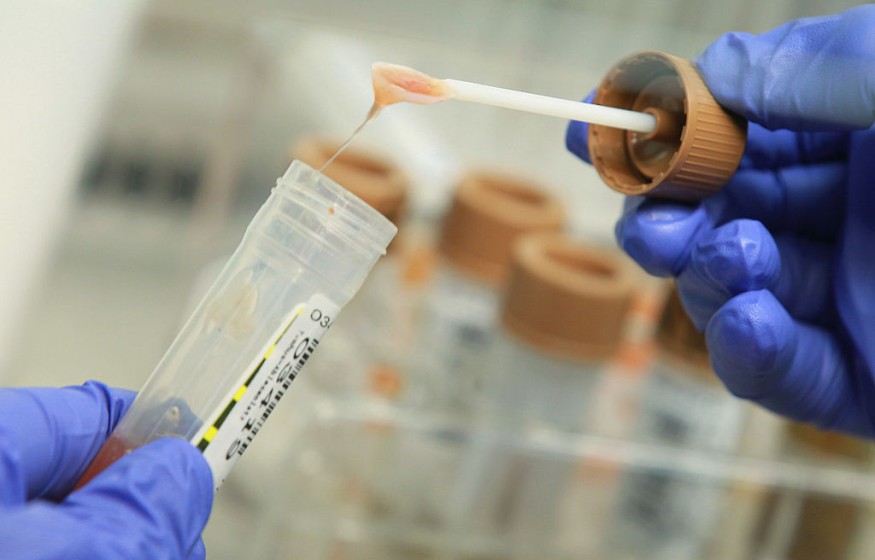Biologists have discovered an unknown new species of intracellular bacteria, called Bordetella atropi. This new species of bacteria can infect its host and invade multiple cells of living organisms-leading to the reduction of the host's life span and fecundity. The biologists first saw the new bacteria species inside a worm.
New Zombie-Like Bacteria Species

Researchers have identified the Bordetella atropi, a new species of bacteria which is capable of infecting a host and invading multiple cells within a living organism, according to a new study published in the Nature Communications on February 4.
The study's research team named the new bacteria species, Bordetella atropi, which was derived from one of the Greek fates Atropos, meaning unalterable or unchangeable. The study was conducted by a research team of biologists from San Diego State University in San Diego, California.
Originating from a work of fiction, the term 'zombie' involves a pathogen infecting its host, making it a flesh-eating corpse. In light of the new study, the Bordetella atropi bacteria resembles a 'zombie'-whose pathogens spread through bites and airborne transmission, as depicted by pop culture.
In the study, the researchers first discovered the previously unknown bacteria inside its host roundworm, a rhabditid nematode (Oscheius tipulae). The biologists discovered the bacteria changes its figure into a long shape-like object and grows up to 100 times from its original size-within 30 hours without dividing.
Invasion of Multiple Cells of Living Organism
The research team observed the Bordetella atropi and discovered it relies on the same molecules and genes that other bacteria use when confined to a nutrient-filled environment. The Bordetella atropi bacteria use these nutrients to continuously grow in size, while other bacteria use the nutrients to only make subtle larger cells.
Based on the study, other bacteria species undergo filamentation, a process where bacteria transform into threads to protect their DNA from hostile environments or damage from various sources, as per Science Direct.
The filamentation process allows other bacteria to grow but delay dividing into new bacterial cells until they fix the damage caused by stress.
Meanwhile, the Bordetella atropi bacteria uses filamentation as a way of spreading cells in a living organism-instead of as a means to protect itself from damage. The researchers believe that the newly discovered bacteria invade the host cells and uses the environment's nutrients to infect more cells.
According to the study's lead author, Robert Luallen, a biology professor, "We went from finding the worm in the ground, finding the bacteria, and carrying it all the way to the molecular mechanism of how the bacteria infects the worm."
The study's findings are significant but it is not clear whether the bacteria can also infect and invade multiple cells of other living organisms, including larger animals or humans.
© 2025 NatureWorldNews.com All rights reserved. Do not reproduce without permission.





